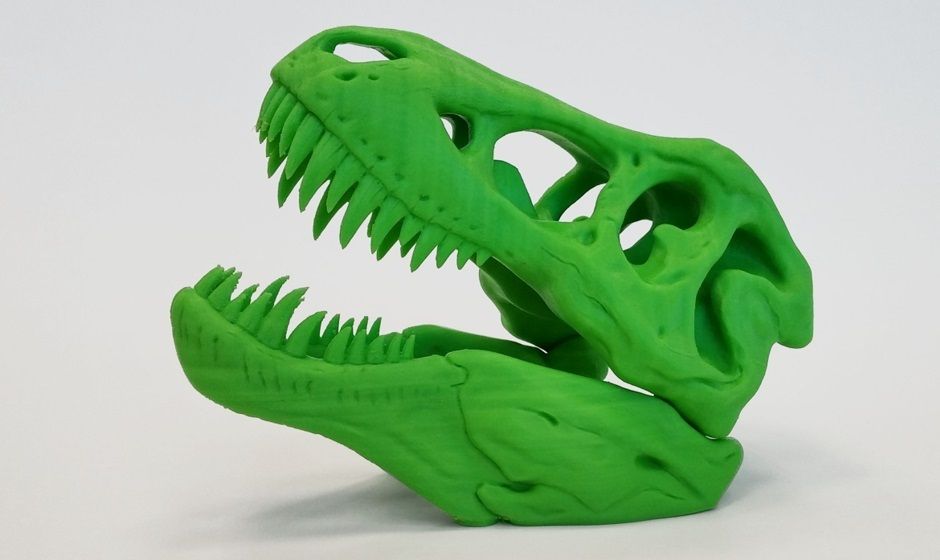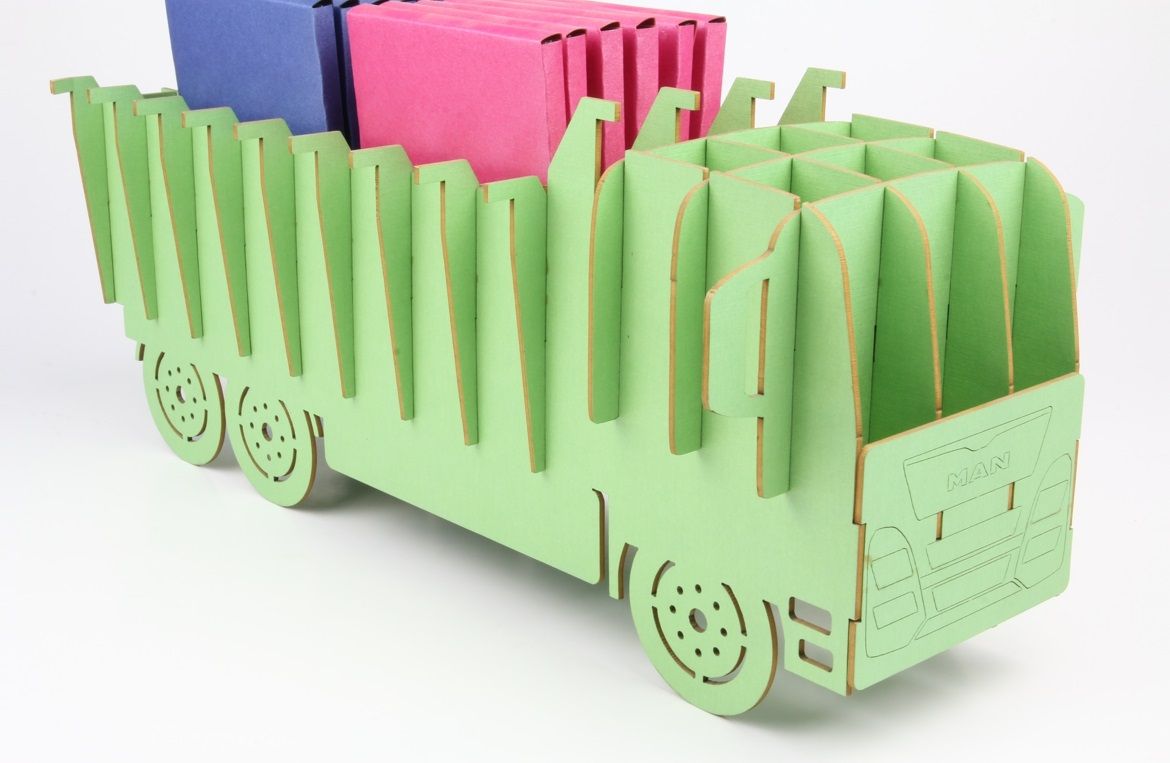Methods for building prototypes and models
Many things can be designed using a three-dimensional modeling software which is used by quite a few designers, architects and students in the field of designing. A three-dimensional software is required to help design structures in full detail and full scale. the software has the ability to transform virtual models into realistic images. In the framework of architectural studies, the demand for a physical model is often raised by the faculty in order to learn more about the architectural process. Using two-dimensional software (such as Autodesk Autocad for example) it is easy to draw the necessary parts of the physical architectural models at any scale. In addition, there is also the possibility to turn every plan and design into a real product with three-dimensional printing.

A model printed on a three-dimensional printer - ABS material
Advantages of building a prototype
Before 1880, each inventor was required to present a working model or a prototype of his invention to the US Patent Office as part of the patent application. Today, there is no longer a need to submit a prototype to the Patent Office, but there are many advantages for making a realistic prototype. for example, preparing a prototype is very important for business whose invention is still in its financing stages. A prototype helps to understand the flaws in the design, and to examine whether the patent actually works. A prototype can also ensure that the invention is the right size and shape. A good prototype helps promoting and selling the idea or helping in registration of the invention as a patent. Furthermore, You can also use a prototype while presenting the invention to others.
How to build a prototype and models
Here are some of the steps that are implemented in different ways and in different types of inventions (for example, a simple wooden toy versus a complex electronic device):
- Preparing a drawing of the model.
- Prepare a CAD drawing of the model.
- Preparation of a model (which does not work) from wood, foam, metal, paper or cardboard. It would be a good test of the size, shape and color of the invention.
- Preparing a model that works. For a very expensive working model, it is possible to produce a virtual prototype to simulate the operation of the product.

A model of a truck made of a colored cardboard cut by laser technology
Building a three-dimensional model using laser cut technology
You can create a physical model out of the computerized drawing file which contains the virtual model. by drawing the surfaces of the model which construct the shell of it, you can later cut these two-dimensional shapes in a laser cutting machine and glue them together into a three-dimensional prototype. you can also draw Each component of the model (for example, external walls,roofing, columns, beams etc.) laser cut it and assemble it like a puzzle, then gather all the parts of this puzzle together, glue and create the final model. This is a technique used to build models for architecture students or architects who want to speed up the production process.
Build a prototype using three-dimensional printing
Printing in three-dimensional is considered an invention designed to turn every virtual model into a real live model almost automatically. Technically, 3D Printing refers to the process of recreating almost any 3D item. made of polymers or metal compounds. In the last three decades this technology was basiclly used by engineers and designers helping them to build prototypes. In the recent years, with the decline in the prices of materials and cost of this technology, it is much more accessible to professional audience and it is spreads in many industries and become a conventional way of producing a variety of items ranging from spare parts to custom jewelry design.
D3 , vessels expedite and specialize.
